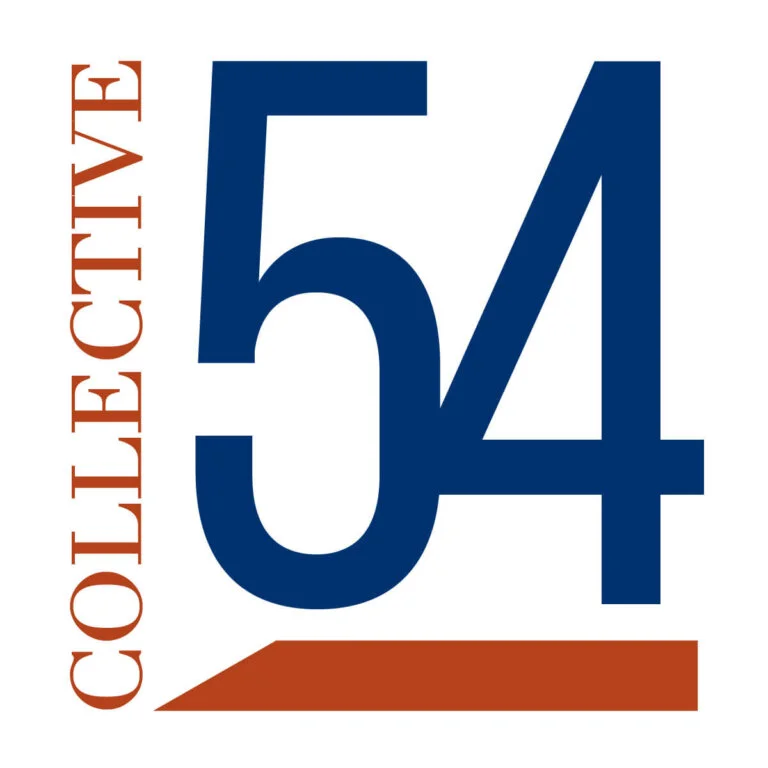Episode 63 – Pricing: The Quickest Way to Scale – Member Case with Chris Neumann
Changing your pricing strategy is the quickest way to scale. On this episode, we interview Chris Neumann, CEO at Cro Metrics to discuss how evolving his pricing strategy has allowed him to scale.

